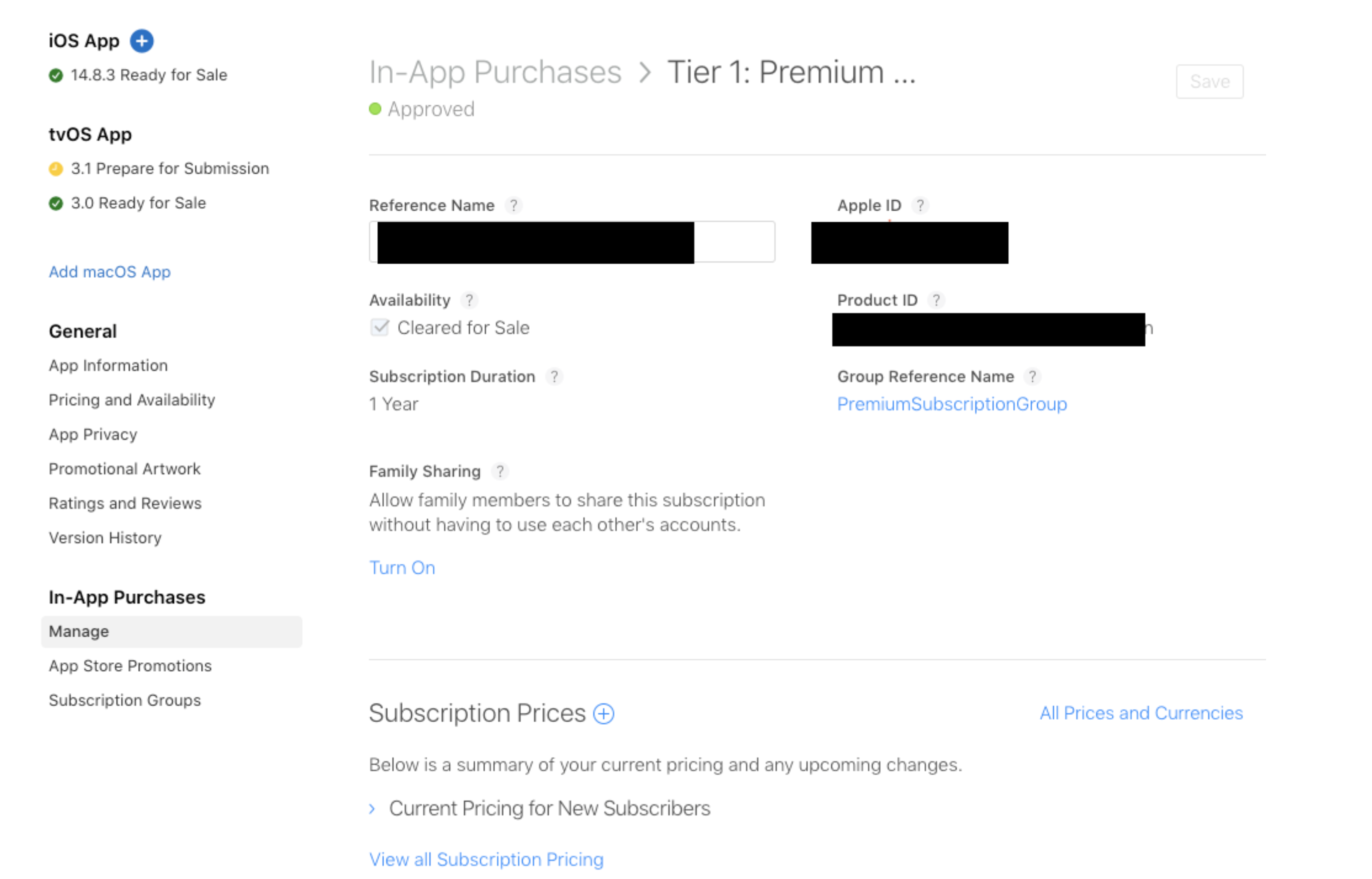AccuWeather meteorologists are available 24/7 to provide further insights and updates on evolving weather conditions. Please contact pr@accuweather.com during regular business hours, or support@accuweather.com or call AccuWeather’s Media Hotline at (814)-235-8710 at any time to arrange interviews with AccuWeather experts or to request the most updated graphics for print or broadcast.
Tropical Rainstorm could bring flooding rains to Southeast U.S., including Florida and Caribbean Islands
August 1, 2024
A tropical rainstorm near Hispaniola could intensify and threaten the United States
with direct impacts this weekend and early next week if it survives interaction with
Hispaniola and Cuba.
AccuWeather Global Weather Center – August 1, 2024
AccuWeather Chief On-Air Meteorologist Bernie Rayno says the track of the tropical threat hinges on its journey over Hispaniola on Thursday.
“This tropical rainstorm is poorly organized, and it’s entering what I call the graveyard of the Atlantic, the island of Hispaniola. The rugged terrain has a long history of weakening tropical systems,” explained Rayno. “Hispaniola is a very mountainous island with elevations soaring above 10,000 feet. Landinteraction can severely disrupt a storm’s circulation.”
If this tropical rainstorm is not shredded apart by the mountainous terrain, Rayno warns that it will enter more conducive conditions for development andcould intensify, threatening the United States with direct and possibly major impacts.
“There’s not much dry air or disruptive wind shear in the path of this tropicalrainstorm,” said Rayno. “The east coast and west coast of Florida are both on the table. We need to watch this storm carefully over the next 48 hours.”
AccuWeather expert meteorologists refer to certain developing tropical threats as tropical rainstorms to raise awareness about the disruptions, damage anddangers that a system could pose before it becomes a named storm.
“We could see a track that goes up the southwest Atlantic or into the Gulf of Mexico. Right now, both options are on the table,” said Rayno. “A named tropical storm or even a hurricane is a possibility by next week.”
Even if the storm does not gain substantial wind intensity, AccuWeather Chief Meteorologist Jon Porter warns that this slow-moving tropical rainstorm couldeventually cause major flooding issues in Florida or other parts of the Southeast U.S.
“We are concerned about the possibility that into early next week, this storm could intensify and slow down, or potentially even stall out, and bringrelentless heavy rain that could escalate into dangerous or even life-threatening flooding,” said Porter. “It’s crucial that families, businesses, officials and government leaders in the southeastern United States monitor the AccuWeather forecast even more closely than typical in the coming days to stay informed in this dynamic situation.”
If this tropical threat survives land interaction over the next 48 hours, AccuWeather Lead Hurricane Expert Alex DaSilva said very warm waters along the Gulf Coast and southeastern Atlantic coast could help this tropicalrainstorm intensify.
“Ocean heat content, which is the depth of warm waters, is higher than the historical average in the Gulf of Mexico right now. Sea surface temperatures across the northern Atlantic are the second highest on record,” explained DaSilva. “These very warm waters can act like jet fuel and can help storms quickly intensify.”
AccuWeather Senior Direct of Forecasting Operations Dan DePodwin said families and businesses in the Southeast U.S. need to be prepared for the possibility of a rapidly intensifying storm.
“Since the storm may not become a tropical storm until it is close to the U.S.coastline, in a worst-case scenario, there may be limited time to prepare for a landfalling tropical storm or even hurricane in Florida,” said DePodwin.
AccuWeather expert meteorologists warned in May about the growing threat of rapid intensification near the U.S. coast due to unusually warm waters. Tropical storms and hurricanes that rapidly intensify near coastal cities couldleave families, businesses and officials with less time to prepare and react.
AccuWeather was the first known source to forecast an “explosive” hurricane season. The AccuWeather 2024 U.S. Hurricane Season Forecast issued in March predicts 20 to 25 named storms and four to seven direct impacts to the United States this year.
Hurricane Beryl caused extensive damage across the Windward Islands, the Yucatan Peninsula of Mexico and coastal Texas last month after three landfalls along its trek before spinning up dozens of tornadoes as it moved inland from the Gulf Coast to upstate New York.
AccuWeather experts exclusively issued a preliminary estimate of $28-$32 billion in damage and economic loss across the United States from Hurricane Beryl. Hundreds of thousands of families and businesses in Texas lost power for more than a week, leading to major business impacts. Multiple heat-related fatalities were reported in Texas in the wake of Beryl.
AccuWeather Forecast Graphics
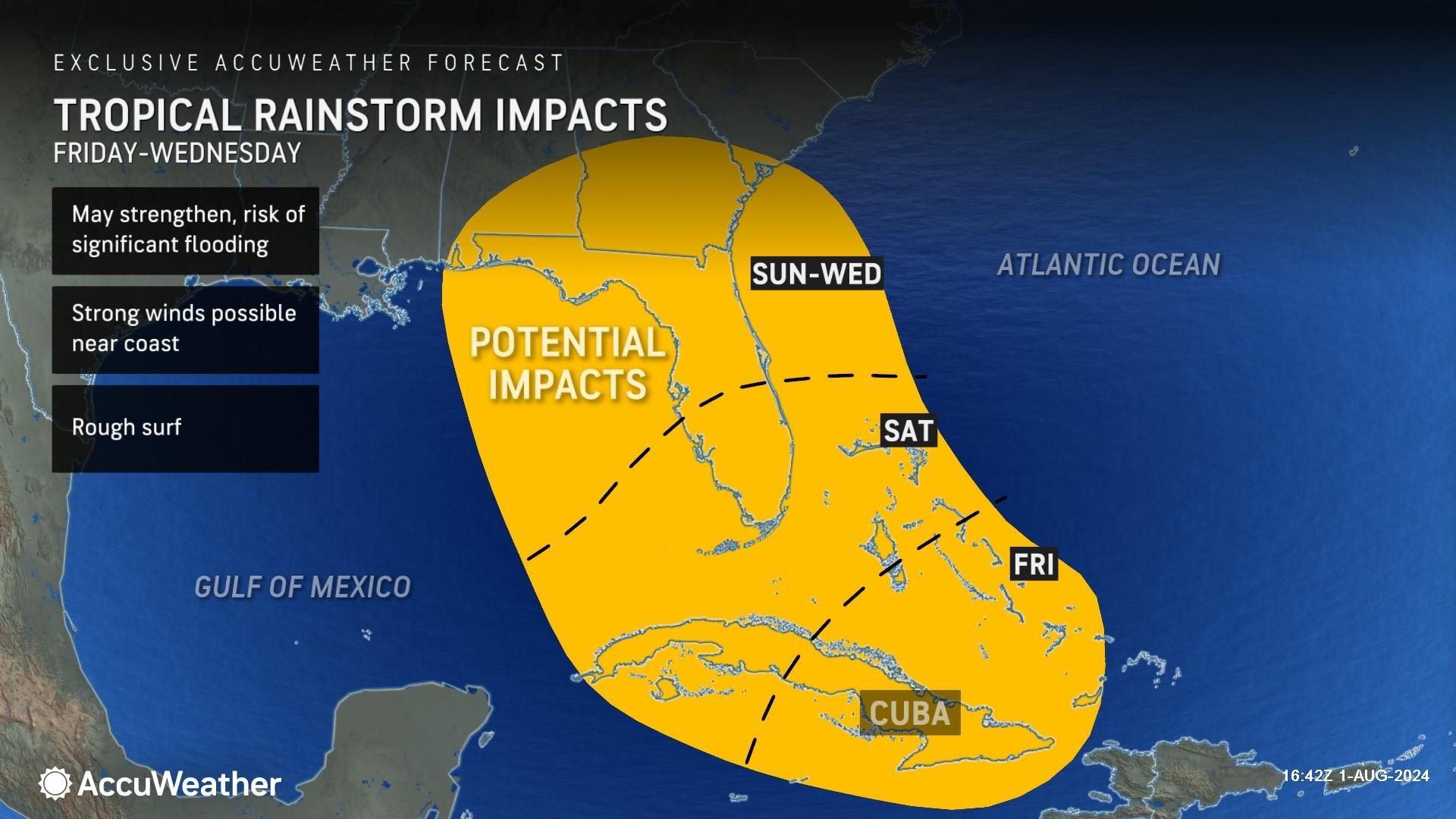
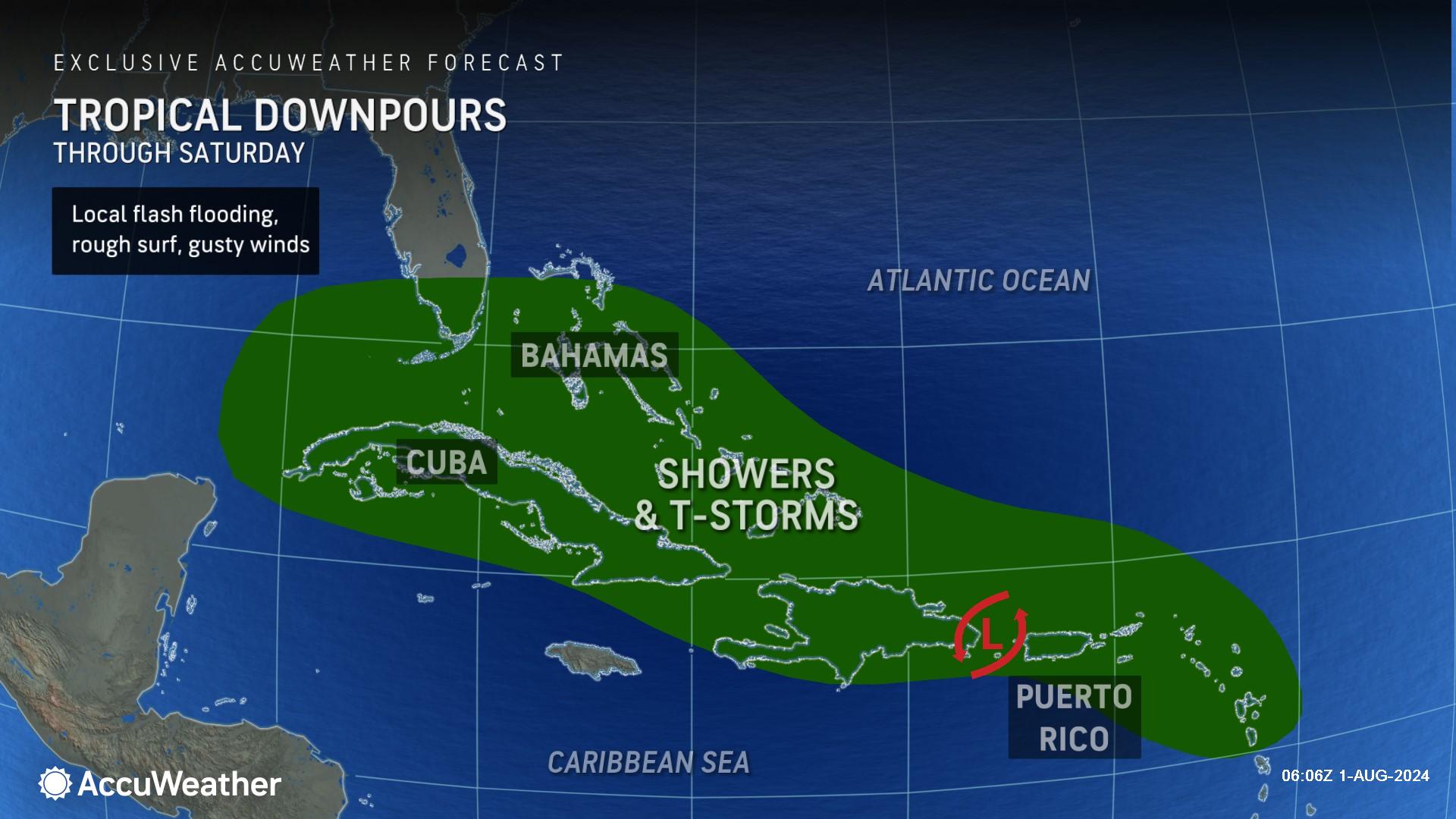
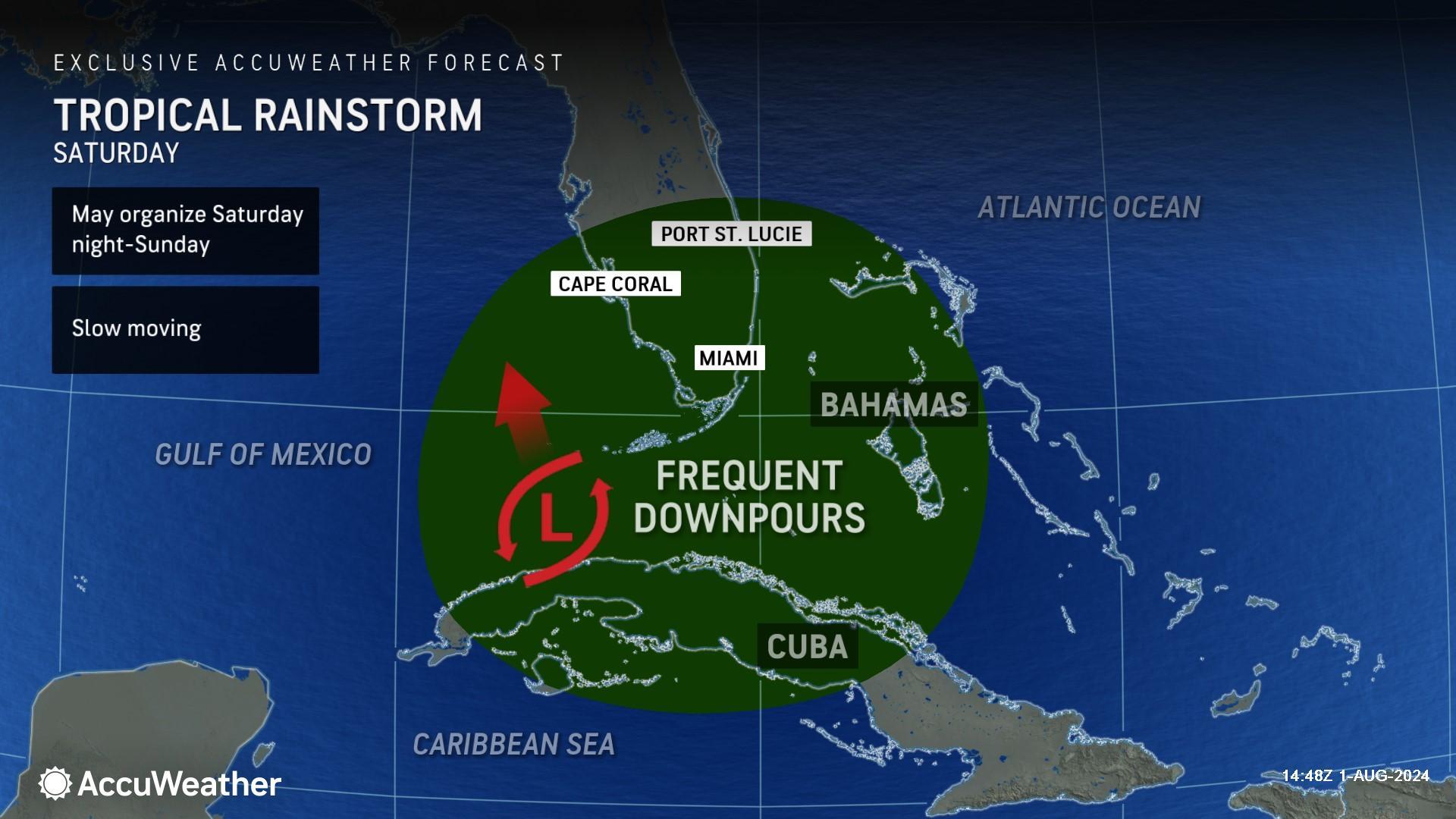
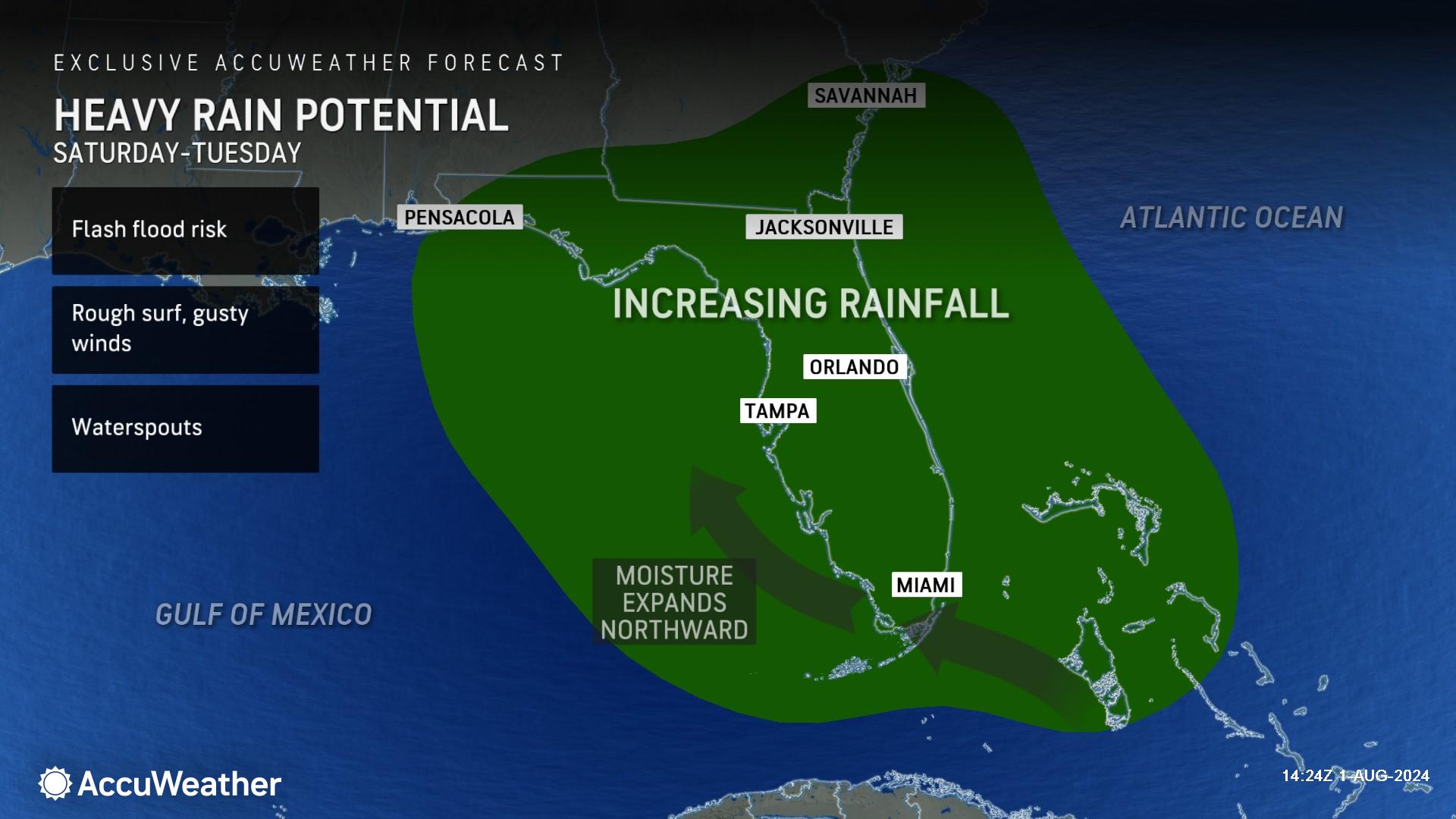
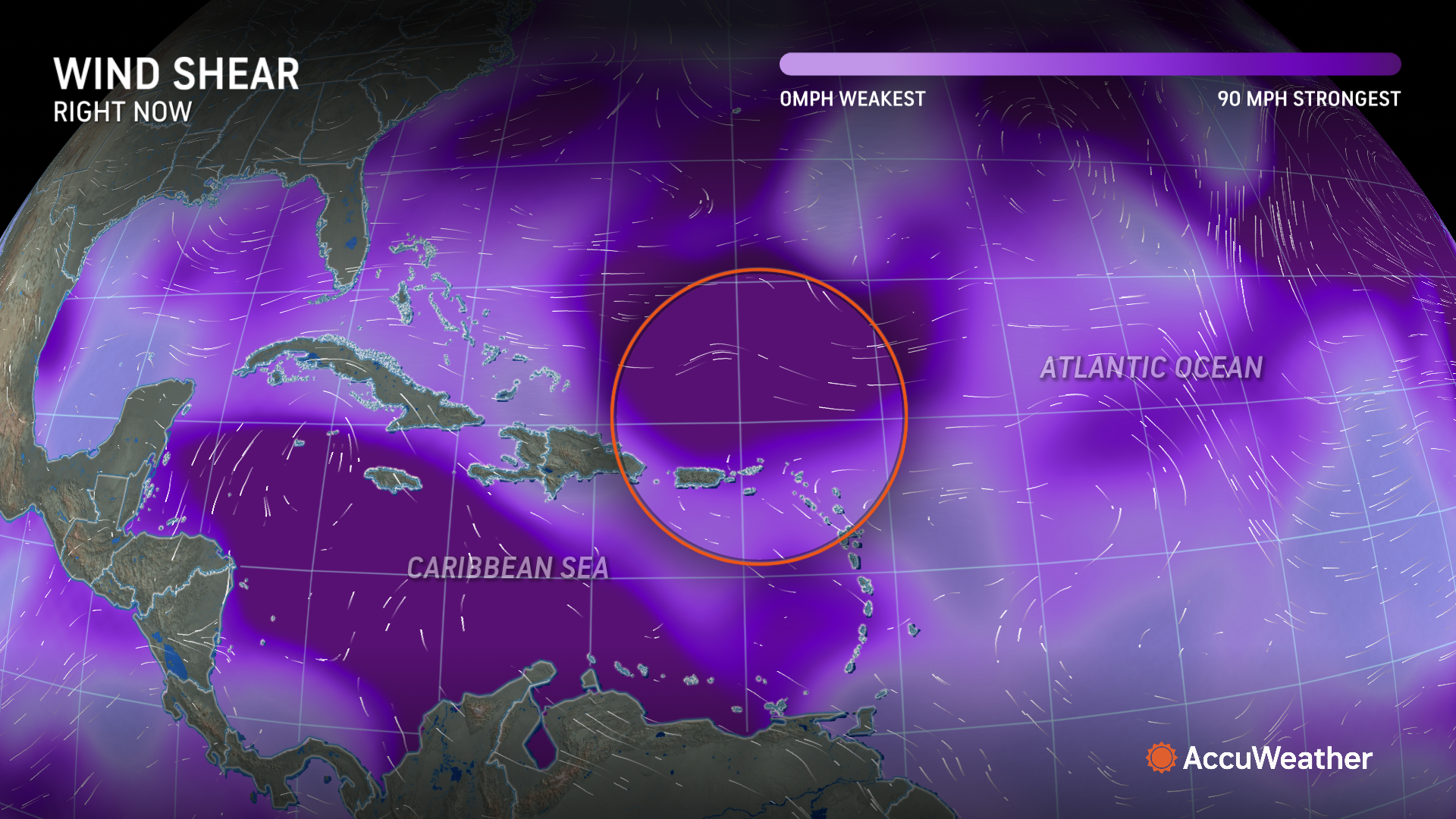
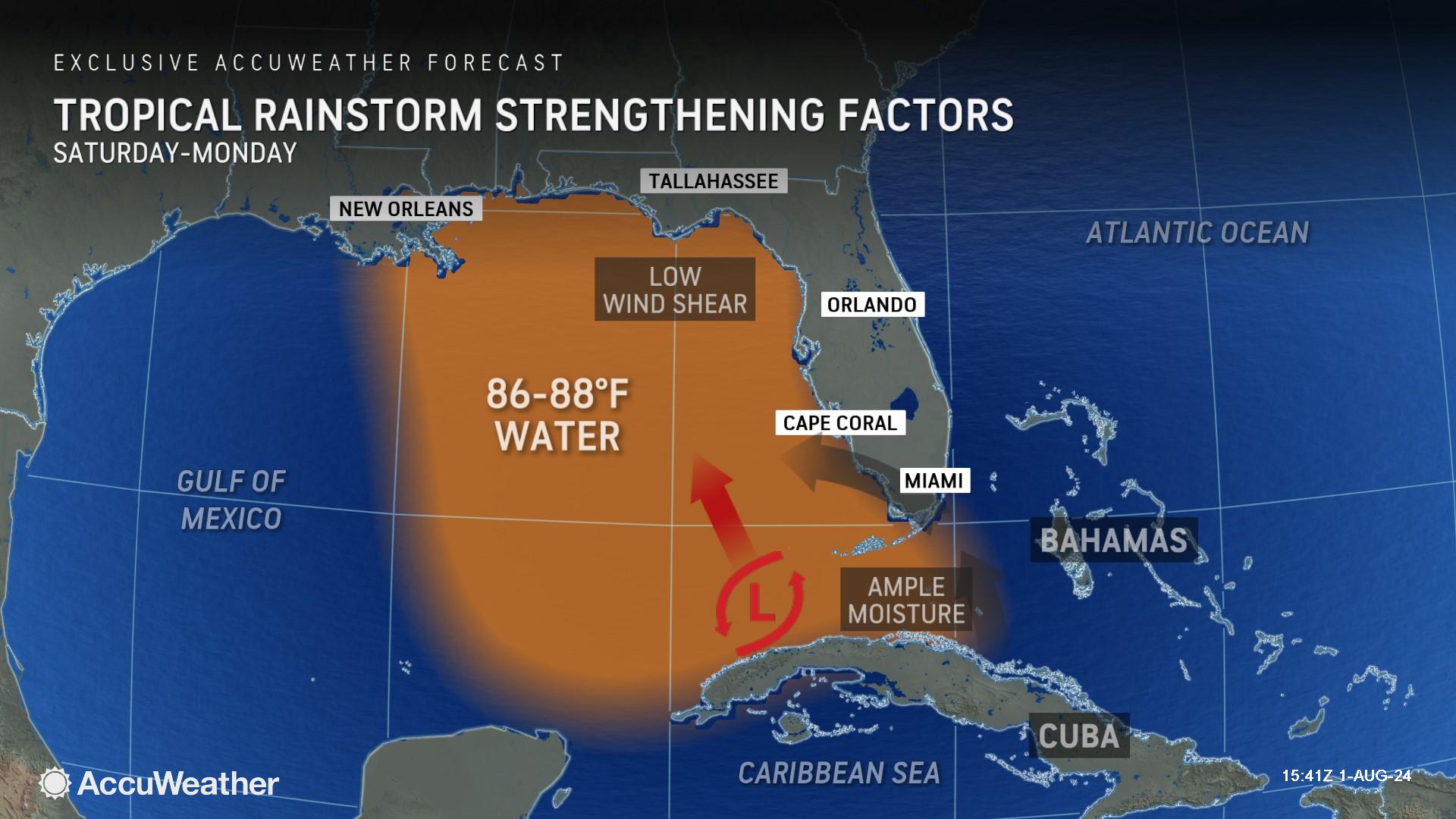
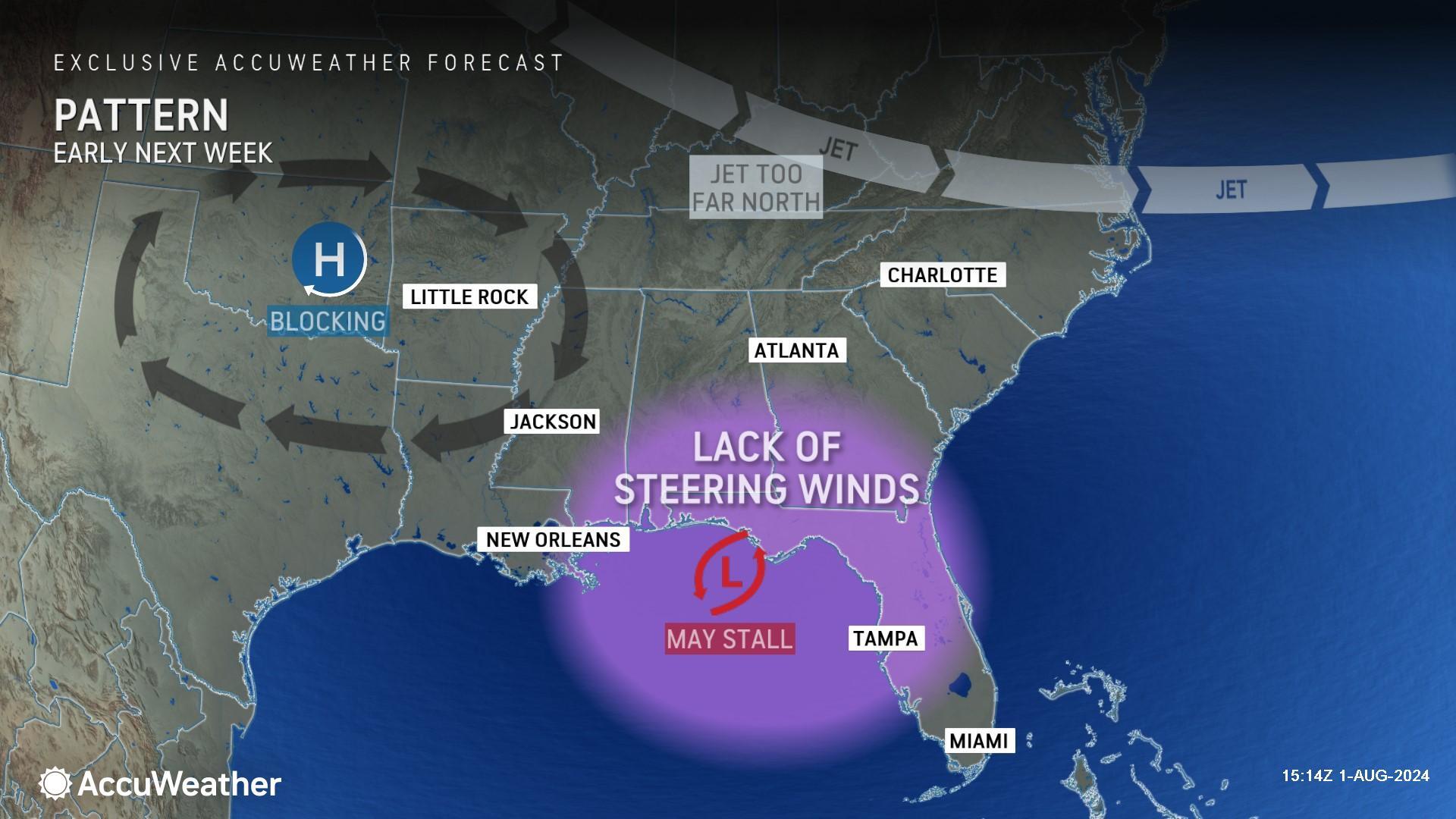

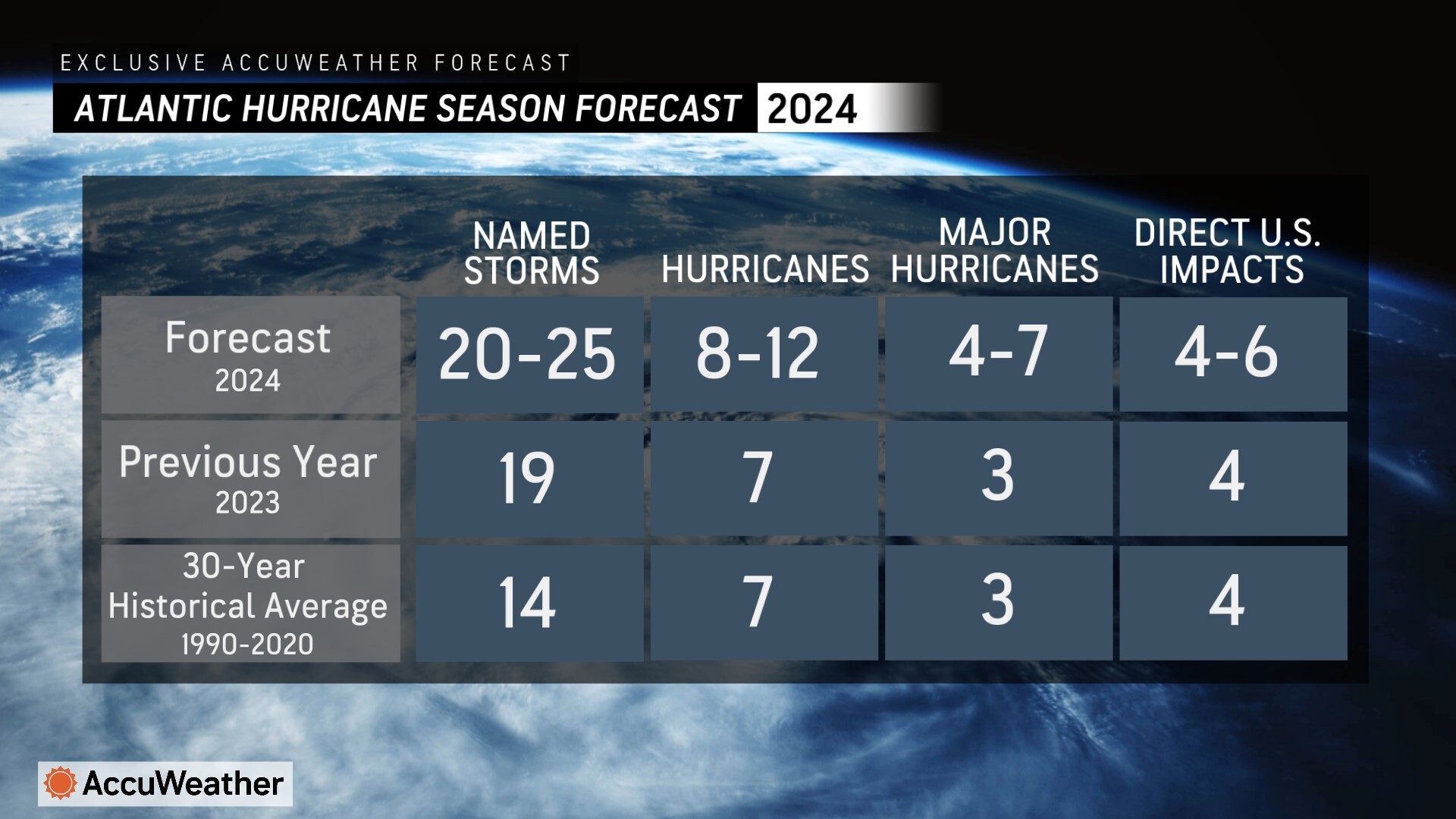
Additional AccuWeather Resources:




